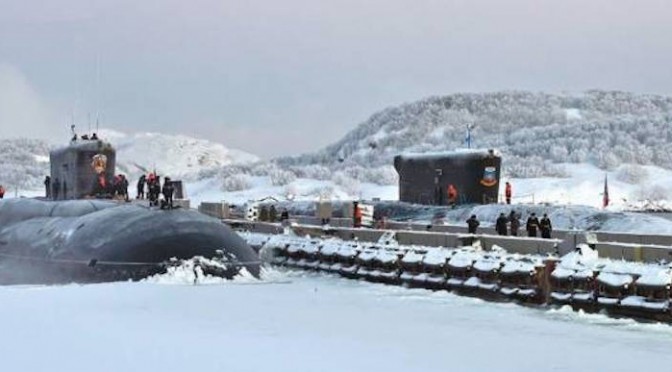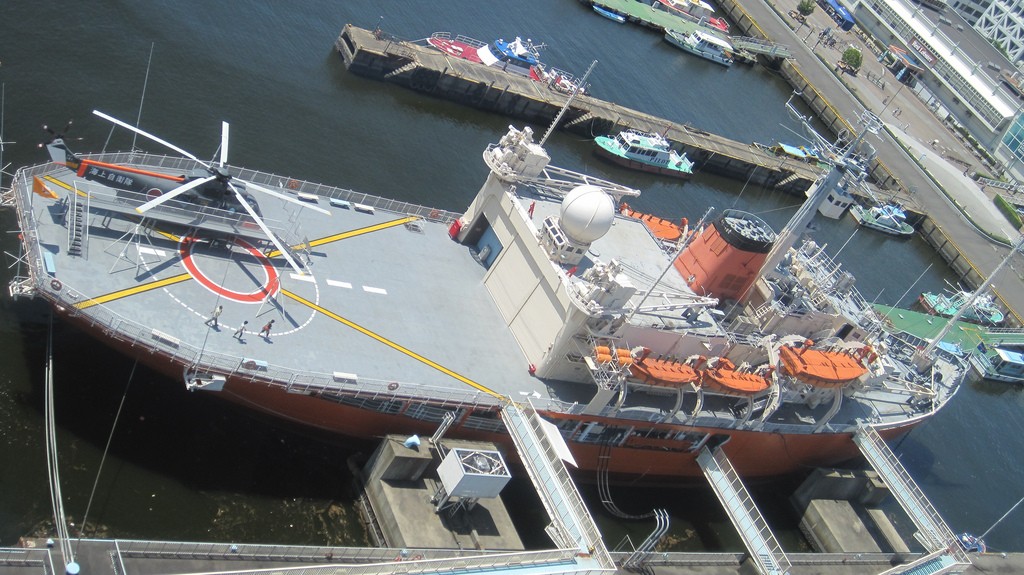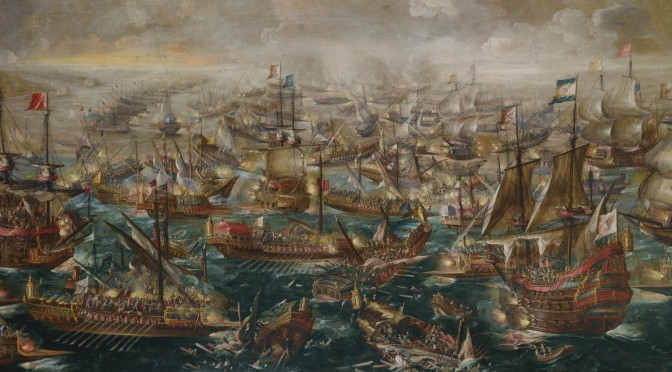The following piece is by Conference of Defense Associations Institute guest contributor Nancy Jane Teeple and can be found in its original form here. It is republished with their permission.
The promise of stability-enhancing and confidence-building measures under the New START agreement is waning. Obama’s Prague Agenda and New START (Strategic Arms Reduction Treaty) signed between the United States and Russian Federation in Prague on 8 April 2010, hoped to see reductions in nuclear stockpiles and delivery systems by 2018 – an agreement made at a time of significantly reduced tensions between the former nuclear competitors. The renewal of tensions between the West and a revanchist Russia under President Putin, particularly apparent in the Ukraine crisis, threatens the longevity of arms control.
The possible results of this trend are worrisome. We could see the deterioration of the Intermediate Range Nuclear Forces (INF) treaty and any prospects for global disarmament enshrined in the Nuclear Non-Proliferation Treaty (NPT), and promoted by groups like Ploughshares and the Nuclear Security Project. These conditions have implications for proposals for an Arctic nuclear weapon-free zone (NWFZ) promoted by notable individuals from foundations such as the Canadian Pugwash Group, Gordon Foundation, and Science for Peace.
The fear of nuclear weapon use for the most part declined since the end of the Cold War. The reduction of tensions between the East and West encouraged bilateral arms control negotiations not seen since détente in the 1970s. The emergence of movements promoting a world without nuclear weapons reinforced notions that the nuclear era was over, and that remaining stockpiles had to be destroyed to prevent potential accidents. Not surprisingly, nuclear weapons are considered by many to be a relic of the Cold War.
However, following the rise of Putin, the emergence of asymmetric threats, and new near-peer competitors such as China, the Bush administration withdrew from the Anti-Ballistic Missile (ABM) Treaty and pursued rapid modernization of the US nuclear triad in order to counter the threat of weapons of mass destruction (WMD) from rogue nations and terrorists. These actions reinvigorated the security dilemma between the US, on one side, and China and Russia, on the other, with the latter two viewing the development of offensive nuclear weapons systems as threatening – in so far as the development of counterforce capabilities geared towards targeting another state’s nuclear arsenal can be seen as both a challenge to their second-strike capabilities and a repudiation of mutually assured deterrence. A new arms race ensued. Both China and Russia are modernizing their own nuclear arsenals, and Russia has ignited a new Cold War over the North with the renewal of long-range
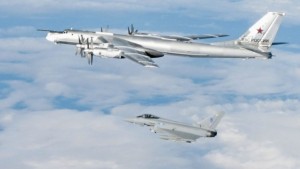
bomber patrols near the airspace of NATO member Arctic states.
Geopolitically, the Arctic may become a region of military confrontation, particularly with the rapid militarization by the Arctic-5 states (Canada, Norway, Denmark, Russia, and the United States), especially Russia, in enhancing their Arctic capabilities to defend economic interests in the region. In addition, although the United States, Russian, and NATO articulate an interest in reducing their nuclear arsenals and missions, they also reaffirm reliance on a credible deterrent capability so long as nuclear weapons are in the world.
This is the context within which global players must consider the feasibility of an Arctic NWFZ. Is such an initiative in the national interests of the United States and Russia? Would such a régime provide the stability needed for further cooperation on arms control and disarmament? What sort of role could smaller but influential states, such as Canada, play in encouraging bilateral negotiations to consider reducing nuclear forces in the Arctic? These are the questions that must guide any Arctic NWFZ initiative. Options must also be considered that involve compromises and concessions in order to minimize possible defections. What sort of agreement could find receptivity in both the United States and Russia?
An Arctic NWFZ must be tailored to the unique geographical and geopolitical character of the region and boundary options may not start out as comprehensive zones. Inclusion and exclusion zones involving the seabed, subsea, surface, and airspace must be considered. It might be prudent to explore provisions from existing NWFZs and other regional treaties banning nuclear weapons, such as the Antarctic Treaty, Seabed Treaty, and Outer Space Treaty. Limited geographical zones have been proposed, such as the Northwest Passage, which would open up opportunities either for resolution of the disputed status of the strait, or provide options for joint Canada-US monitoring and enforcement.
Another option involves establishing an exclusion zone in
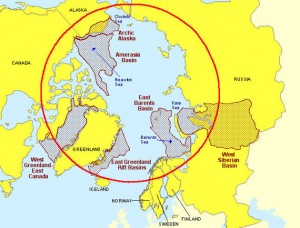
the Canadian Basin, located north of the Beaufort Sea. If Canada’s claim to the seabed that extends into the Basin is recognized by the United Nations Commission on the Limits of the Continental Shelf, Ottawa may be able to promote a NWFZ through administering its sovereign rights to protect the sea life by prohibiting nuclear-carrying vessels that pose a threat to the environment.
In establishing an Arctic NWFZ régime that would be receptive to the US and Russia, a potential option has been proposed by experts at Pugwash. This would be a treaty to prevent nuclear weapons in the entire region above the Arctic Circle. In order to be strategically feasible, this option would have to be adapted to the counterforce postures of the US and Russia by allowing the continuation of nuclear deterrence operations, as well as the replacement of nuclear warheads with conventional alternatives.
The modernization of the US nuclear triad is already being adapted for conventional counterforce options on both ballistic missile and air delivery systems. Russia is also developing a hypersonic conventional delivery system – an answer to the US Conventional Prompt Global Strike program. Like the United States, Russia’s air and sea-based deterrents can be outfitted with conventional warheads. This option acknowledges the reality that Russia’s Northern Fleet, which includes its ballistic missile submarines, is based mainly above the Arctic Circle. Russia would not likely be receptive to any arrangement that would restrict its sea-based deterrent, placing it at a strategic disadvantage to the United States.
These options may have been possible before the spring of 2014. However, under current conditions getting the US and Russia to the negotiating table to consider new arms control agreements does not seem feasible. Relations between the US/NATO and Russia can be characterized by Russia’s mistrust of NATO in Eastern Europe, accusations on both sides of violating the INF Treaty, Russia’s perception of the threat posed by US offensive counterforce weapons, Russia’s growing declaratory reliance on nuclear weapons, and the growing military and economic competition in the Arctic pitting Russia against the other Arctic states. Russia’s annexation of Crimea in early 2014, followed by military interventions in Ukraine’s eastern provinces of Donesk and Lukhansk, has intensified conditions of mutual mistrust, threat, and uncertainty.
Such conditions tend to militate against the potential for an Arctic NWFZ and must be mitigated before the nuclear powers are likely to consider cooperation. Unfortunately, a new détente is very unlikely in the foreseeable future.
This article originally featured at the CDA Institute and can be found in its original form here.
Nancy Jane Teeple is a Doctoral Candidate in Political Science at Simon Fraser University. Her areas of study include nuclear strategy, arms control, Arctic security, and intelligence. (Featured image courtesy of Russian Defence Policy blog.)

